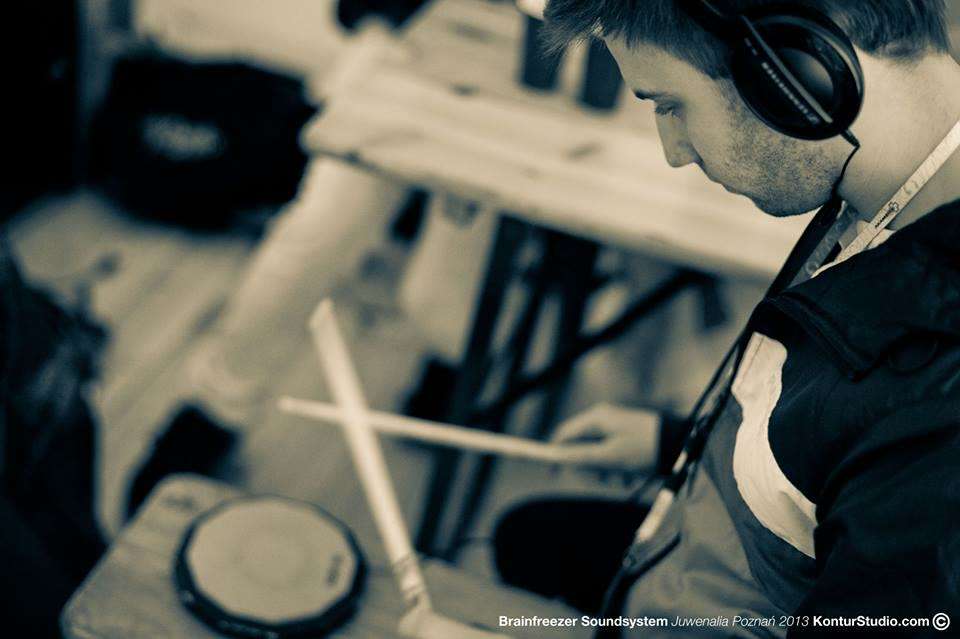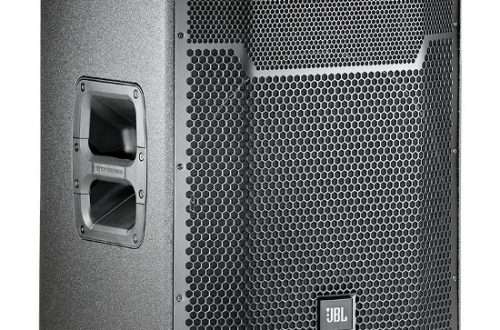
Basics of warm-up for drummers

What is a warm-up and why is it so important for the proper development of a drummer? Well, warming up is a certain starting point in our, let’s call it, training session.
An introduction to further work. During the warm-up, we perform stretching exercises for individual limb parts and relaxing exercises, which consist in performing the same strokes at a slow pace, in order to “remind” the muscles of a specific movement. Ones, doubles, paradiddles, exercises to equalize strokes between the right and left hands give more freedom during further work on the set.
Warming up is a very important element of drumming, also due to injuries that can be contracted without thorough preparation for playing. When working with students, I often bring up a point about athletes who need a long warm-up in order to be able to perform specific exercises without causing any kind of injury. It is similar in our case, so it is worth taking care of it.
Below I will present exercises that allow for an effective warm-up – a few of them appeared in the first article – regularity and work planning.
Stretching:
Stretching has several positives that can increase the freedom of playing in the long run:
– Increasing the range of motion in the joints will allow us to better control the stick,
– Strengthening tendons
– Improving the blood supply to the muscles
– muscle relaxation after exercise
The safest method of stretching the muscles is the static method, which involves stretching the muscles gradually until they reach their maximum resistance. At this point, we stop the movement for a moment and return to the starting position. After a moment of rest, we repeat the exercise. And so several times in each exercise. Of course, in order to progress in the exercises, you should gradually increase the range of motion, overcoming the resistance of the muscles, but with caution – too fast attempts to extend the range of muscle stretch may end with their injury!
Stretching and warming up exercises:
With the palm of one hand we grab the fingers of the other (straightened). In this position, we pull our fingers towards each other while bending the wrist upwards. The second exercise is similar: while standing slightly apart, join the hands together so that they touch the entire inner sides and fingers (fingers pointing in our direction). From this position, try to straighten the arms at the elbows, while stretching the forearm muscles. The next exercise involves grasping the two sticks joined together with your straight elbow and vigorously turning it in both directions.
Warming up with snare / pad
This warm-up will include exercises with the snare drum. It is important that all these examples are done very slowly, meticulously, and without unnecessary haste. It will give us the opportunity to warm up effectively and to have some slack in our hands. These are examples based mainly on repetitions, i.e. making the same movements in one sequence.



It is no accident that these examples are presented in the following order. As the number of strokes per hand is reduced, the speed of the hand change will change, so there is less time to prepare the other hand to start the next series of strokes.
important:
Take these examples slowly and focus on making each hit the same in terms of dynamics and articulation (articulation – how the sound is produced). Listen to the sound of the sticks, keep your hands slack. As soon as you feel tense in your hands, stop immediately and start over!
To align single stroke rolls between the hands, i.e. 8-4, 6-3 and 4-2
Single stroke roll rudiment is nothing more than single strokes between right and left hand. However, differences in sound output are often due to the unevenness between the two limbs (e.g. the right hand is stronger and the left hand is weaker for right-handed people). That is why it is worth ensuring that the strokes are evened out. These are examples of exercises that should be done before each training session, preferably daily with a mertonom. Here, too, the sequence is not accidental!
When we look at the example above, let’s pay attention to how the right hand behaves in the first bar and the left hand in the second. Well, in the first bar the right hand is the leading hand (eight strokes), in the second bar it is the left hand. Attention should be paid to equalization of strokes in terms of dynamics.


This example will certainly be more difficult to complete at a faster pace. Start slowly, and as you increase your freedom, increase the tempo by 5 or 10 BPM bars.
Double stroke roll, i.e. double strokes
In this example, we see a series of double strokes, even, steady. They should be played anyway. In order to achieve even double strokes, you need to practice them very slowly, separating successive strokes, as it were, increasing the pace over time. You can practice in two ways: separate each successive stroke and perform two strokes (PP or LL) in one movement. The second strike will be a “descending” strike.

Summation
These basic examples should be exercises that we do every time we start practicing on the drums. Later in the series about warm-up, we will take up the topic of warm-up on percussion dishes and I will tell you what the so-called “Warm up ritual”. Welcome!





